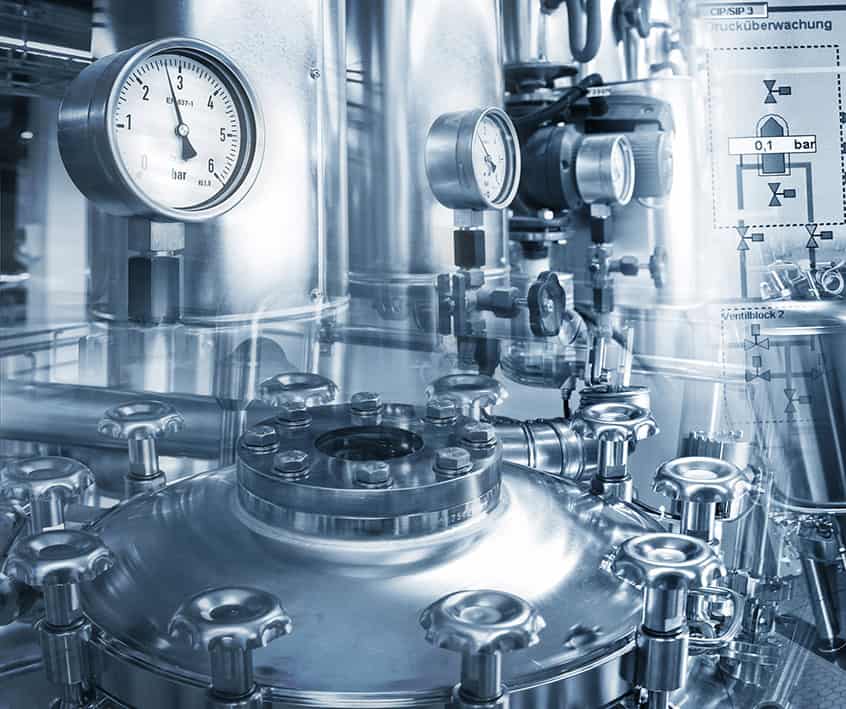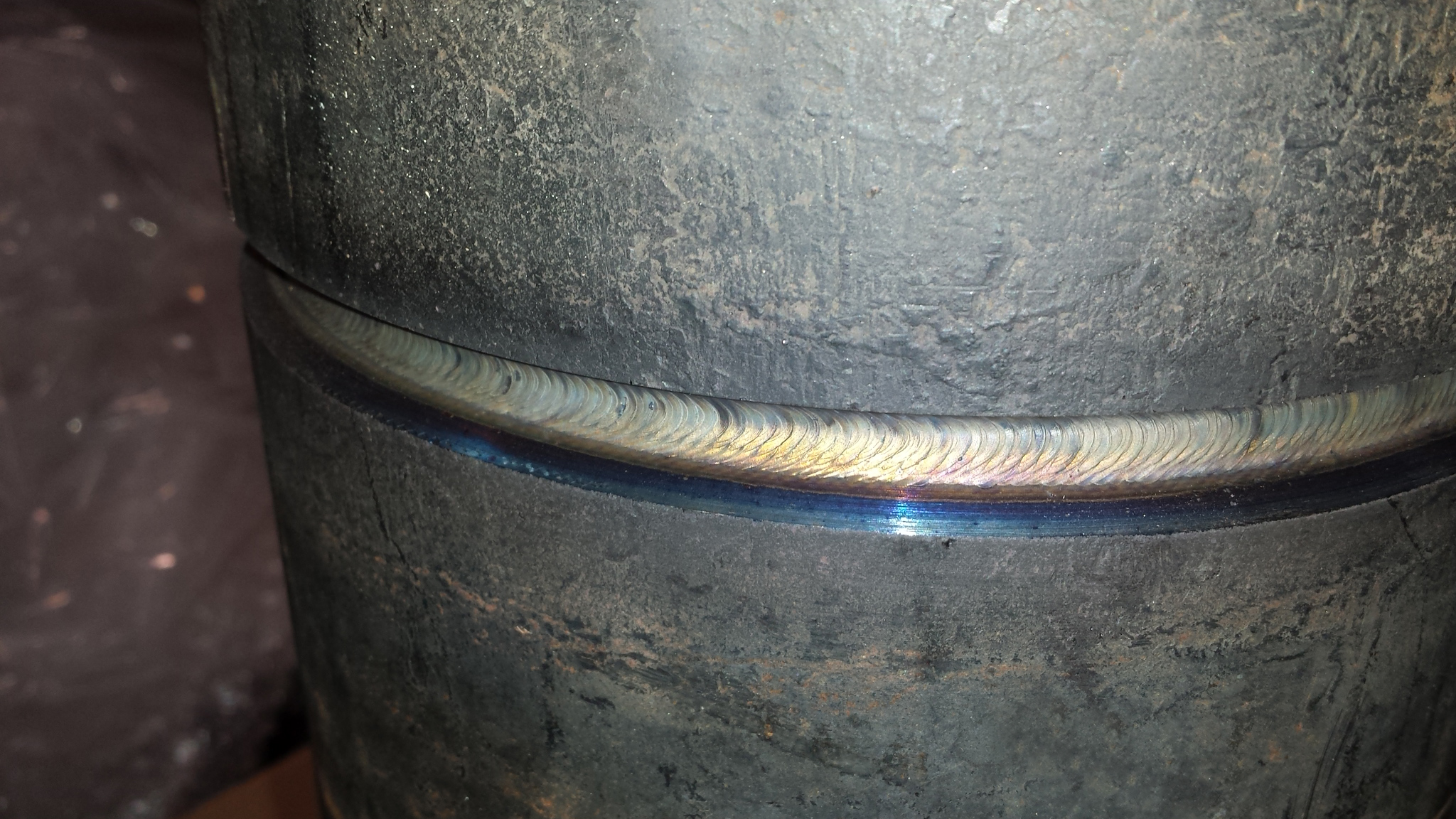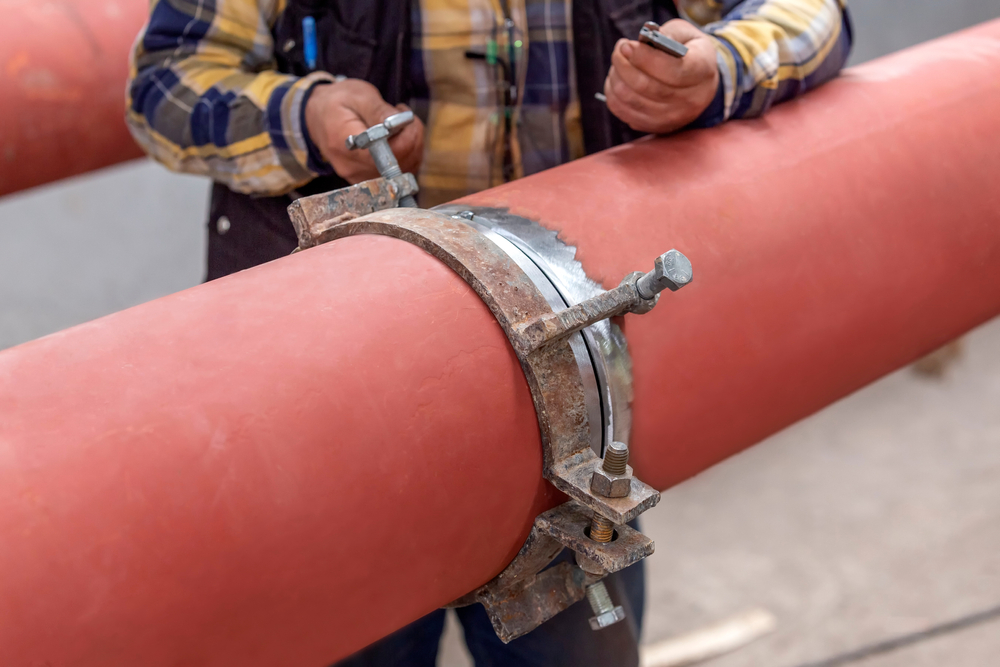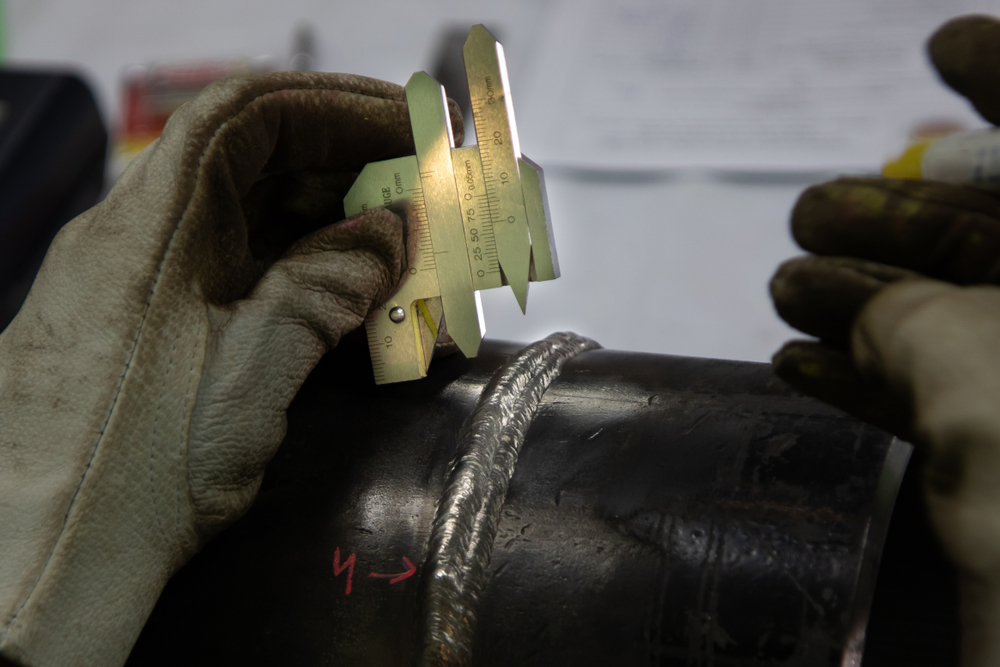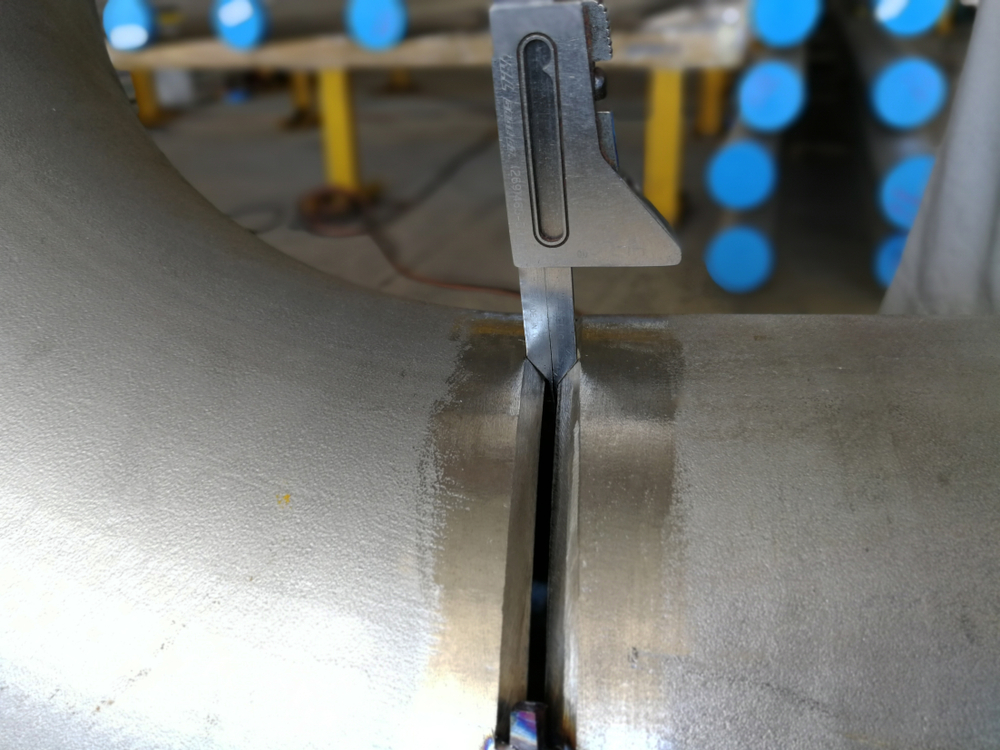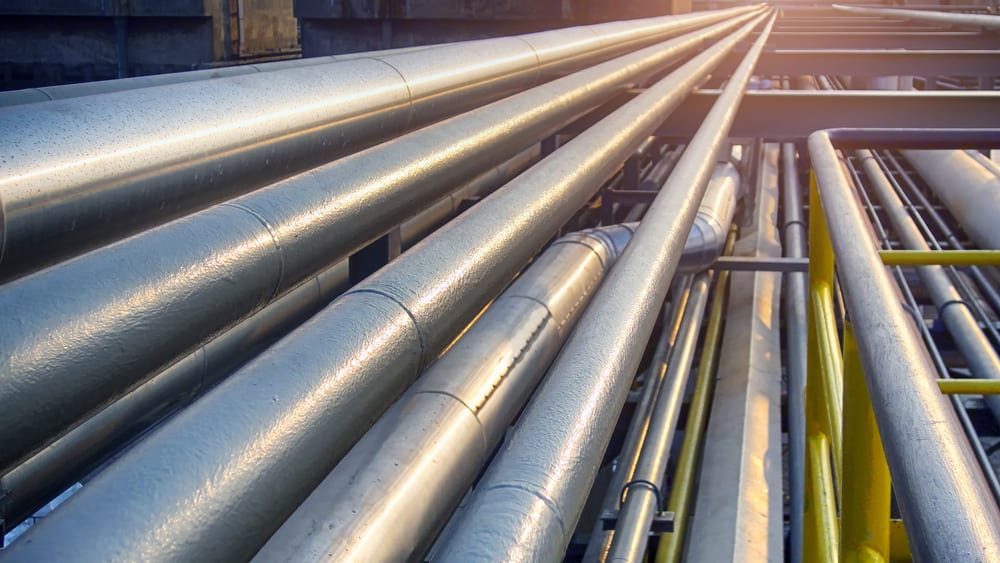
An extensive network of petroleum pipelines transports a wide range of natural gas and crude oil across the United States. This network includes 2.4 million miles of natural gas pipelines and more than 190,000 miles of liquid petroleum pipelines. However, the functionality and construction of these pipelines differ significantly. Due…

